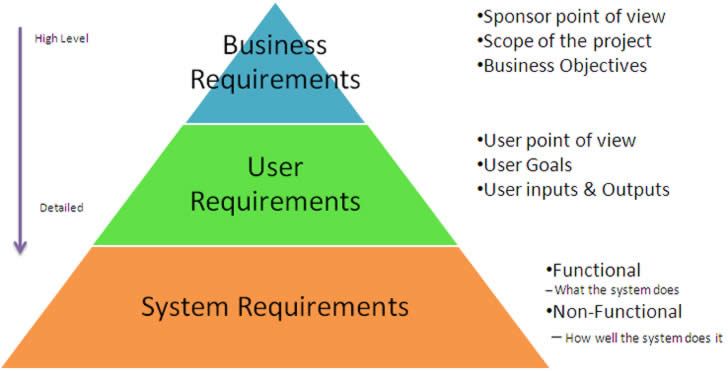The Significance of Requirements Collection and Analysis
A crucial aspect of software engineering is requirements collection and analysis, which tries to discover, understand, and record the needs and expectations of stakeholders for the software system being constructed.
Successful software systems are largely reliant on precise and comprehensive requirements, and if needs are not correctly defined and documented, the project might fail or customers may not be happy.
Processes Involved in Requirement Collection
There are often numerous processes involved in requirement collection.
A software development team finds and engages stakeholders, including customers, users, subject-matter experts, business analysts, and other stakeholders who are interested in the product.
These stakeholders are then interviewed, polled, conducted seminars, and other actions are taken to gather needs.
The team then reviews the requirements to verify they are accurate, full, consistent, and testable after they have been acquired.
After this study, the needs are gathered into a requirements specification document, which specifies the system’s features and restrictions.
In addition to identifying the stakeholders who submitted each demand, the document should describe any relationships between them.
The next stage is to prioritize the needs, which is vital in ensuring that the most critical requirements are handled first.
Project teams may minimize delays or missed deadlines by prioritizing their work, which helps to keep the project team focused on satisfying the most crucial demands of stakeholders.
Following the requirements collection and analysis process, stakeholders must accept the requirements specification document in writing.
In order to avoid misunderstandings or arguments throughout the development process, all stakeholders must agree on the requirements via this approval procedure.

Essential Steps in Requirements Collection in Software Engineering
As part of software engineering, requirements collection and analysis is a critical stage that includes discovering, analyzing, and documenting stakeholders’ needs and expectations.
To guarantee that the software system satisfies the goals and expectations of stakeholders, strong communication, analysis, documentation, and prioritizing abilities are necessary.
Software development depends primarily on the quality and completeness of requirements; hence, it is vital to acquire and assess requirements prior to the software development process.
Requirements collection in software engineering is the earliest step of the software development process, where the main purpose is to acquire, record, and understand the requirements, expectations, and specifications of a software project. It entails identifying and gathering the relevant knowledge on what the program should do, how it should perform, and what features it should have. In order for the whole project to succeed, it is crucial that the requirements be recorded and understood correctly during this phase.
Major Factors and Actions Involved in Collecting Requirements
The following processes are conducted to identify all stakeholders engaged in the project: end-users, customers, business analysts, developers, testers, and any other relevant parties.
Interviews, questionnaires, seminars, and other sorts of communication are useful techniques of extracting information from stakeholders.
Documentation: collecting and documenting the obtained requirements in a clear and systematic way. This documentation acts as a reference for the development team throughout the project’s lifetime.
This helps detect any disputes or ambiguities that need to be addressed before advancing and ensures the requirements are consistent, thorough, and practical.
Identifying needs by priority, depending on their significance to the project’s success This enables more informed choices to be made when allocating resources and organizing the development process.
As part of the validation process, stakeholders must be engaged to verify that the criteria appropriately represent their needs and expectations. This step avoids misunderstandings and scope adjustments in the future.
It entails translating high-level requirements into tangible, quantifiable criteria for assessing the software’s functioning. The verification process guarantees that the requirements are well-defined and testable.
Maintaining consistency and ensuring that every need is satisfied by connecting requirements with other artifacts like as designs, test cases, and implementation code.
Change Management: Recognizing that requirements could change over time owing to developing company demands, technological developments, or user input. Effective change management practices guarantee that revisions to requirements are adequately examined, recorded, and implemented.

Importance of Well-Stated and Understood Requirements
In order for software development to progress successfully, requirements must be well stated and understood. Clear and well-understood requirements lessen the risk of misunderstandings, scope creep, and project delays. By promoting greater communication between stakeholders and developers, a software solution that satisfies consumers’ expectations and requirements may be built.


